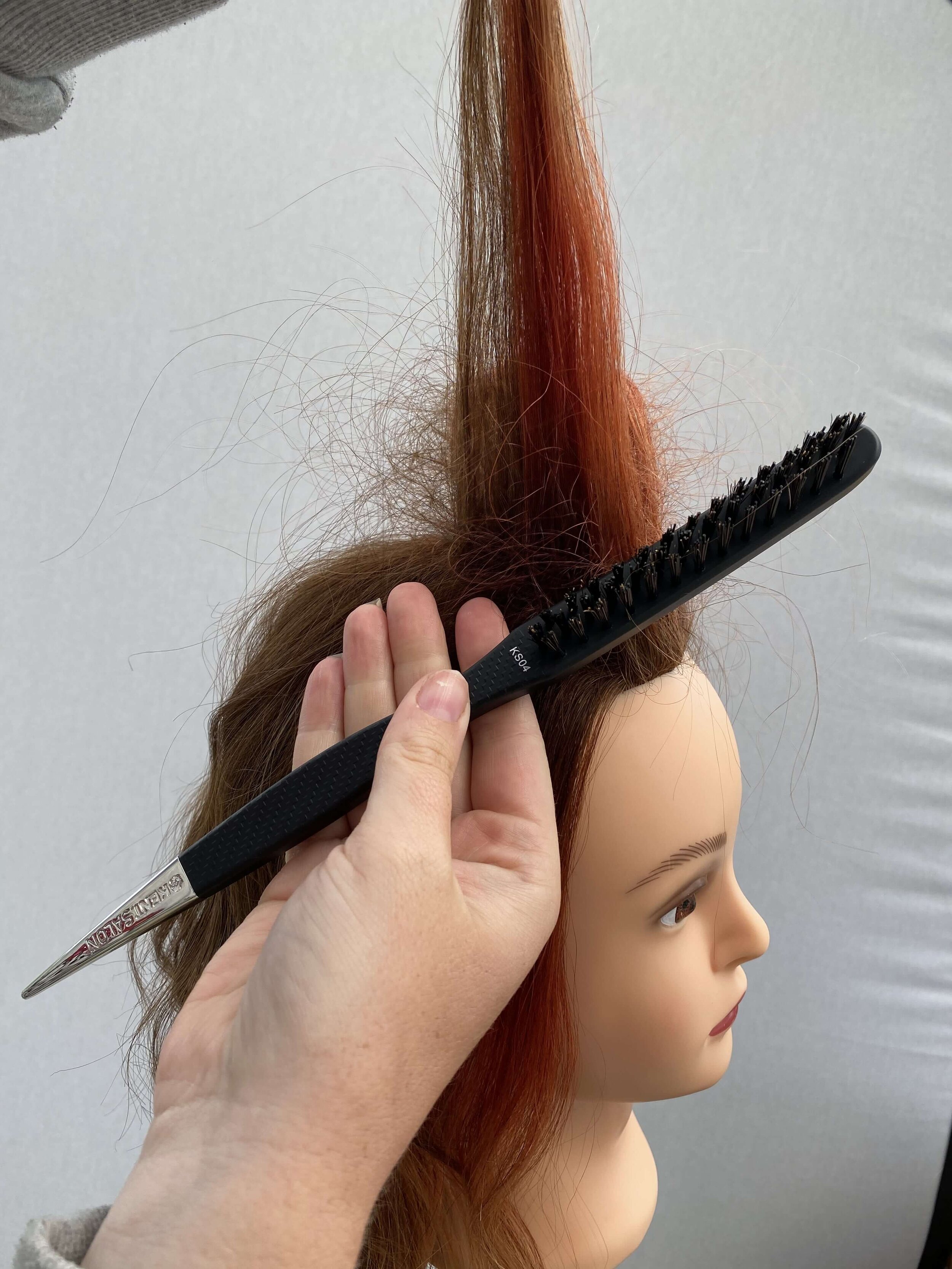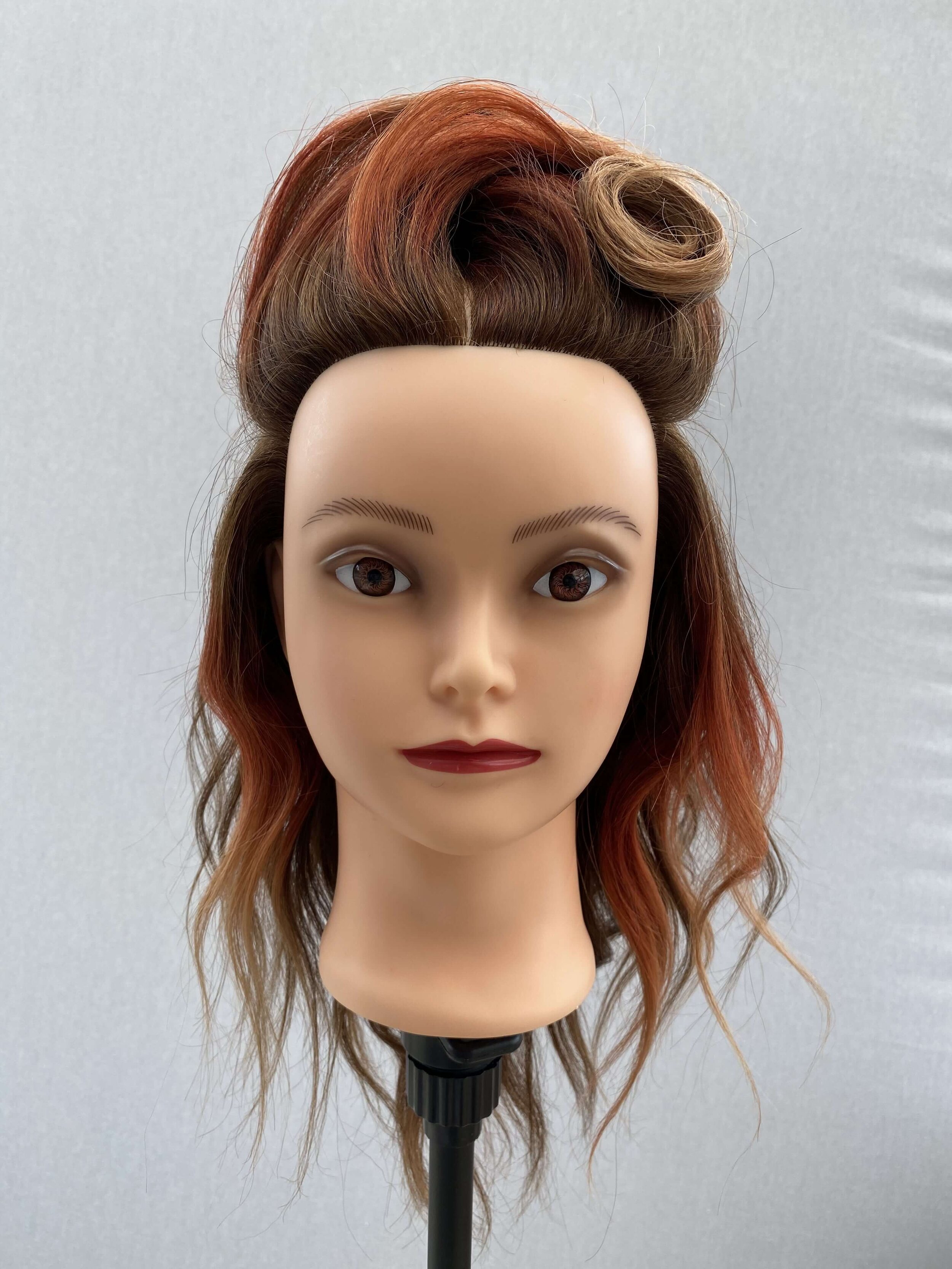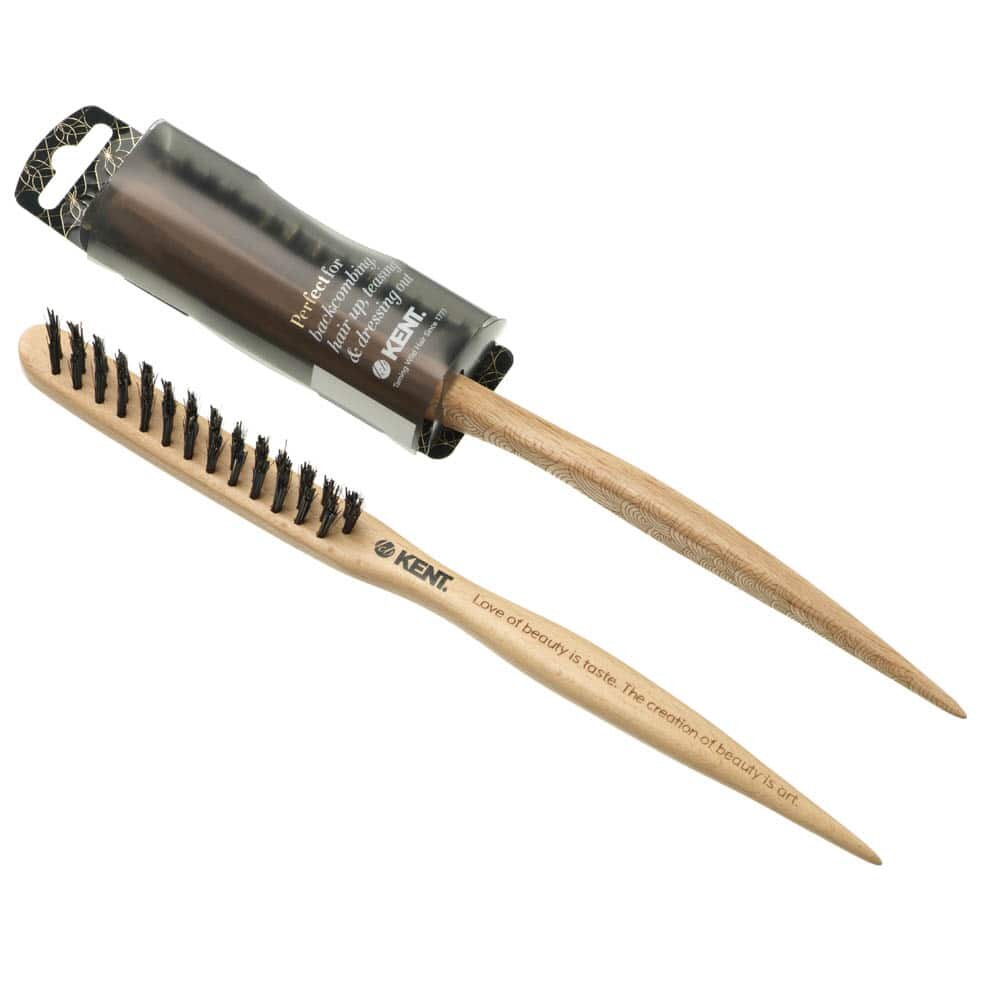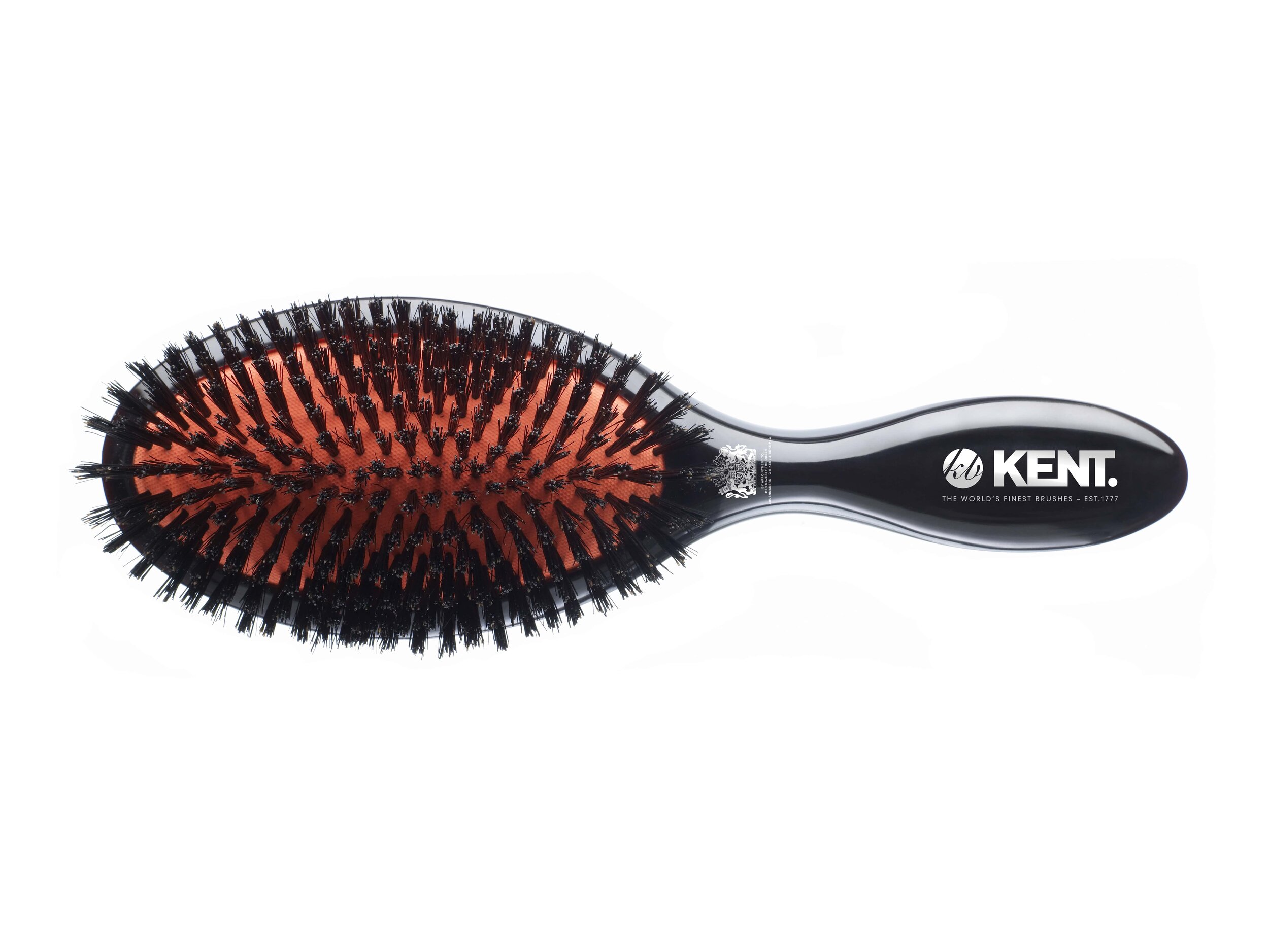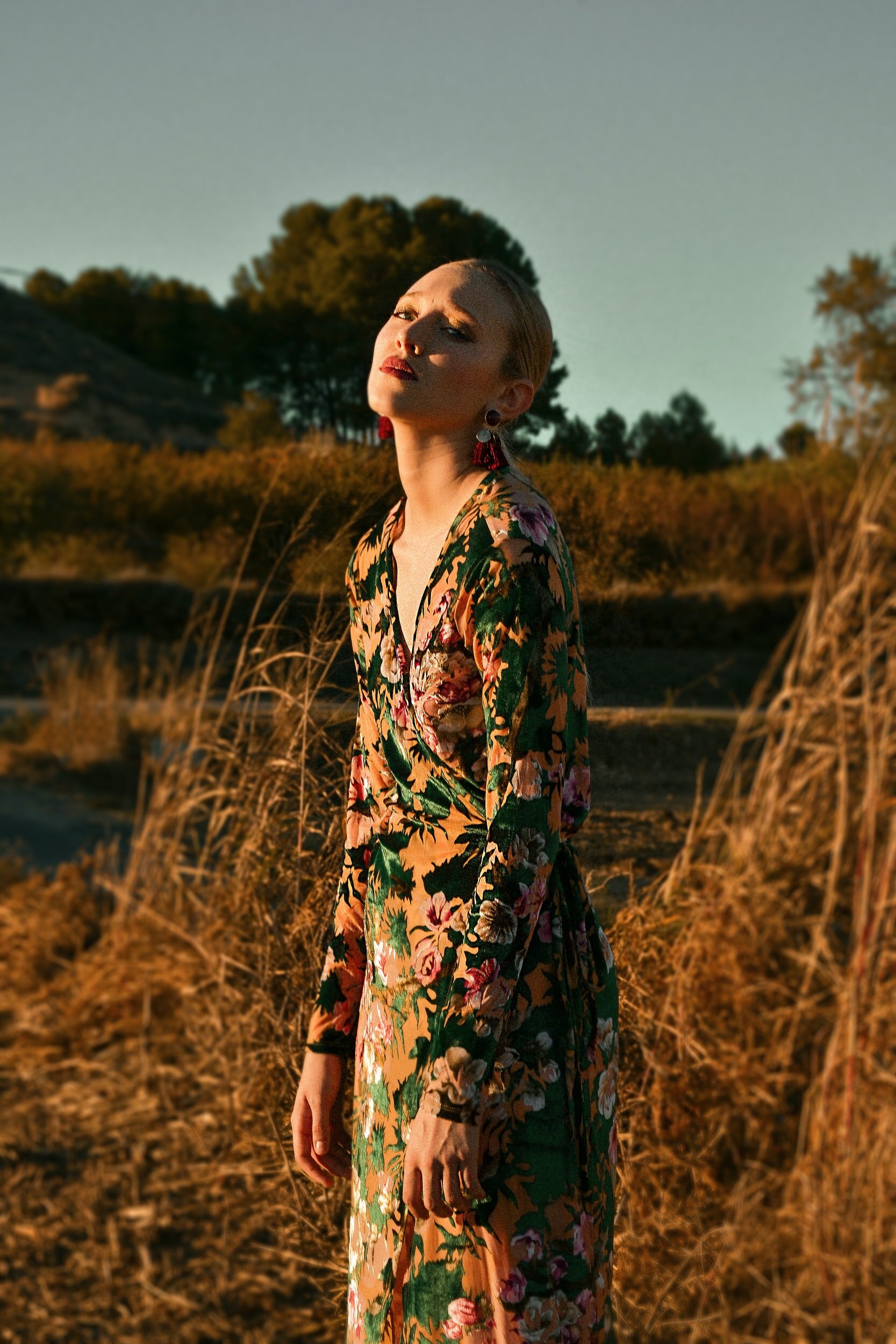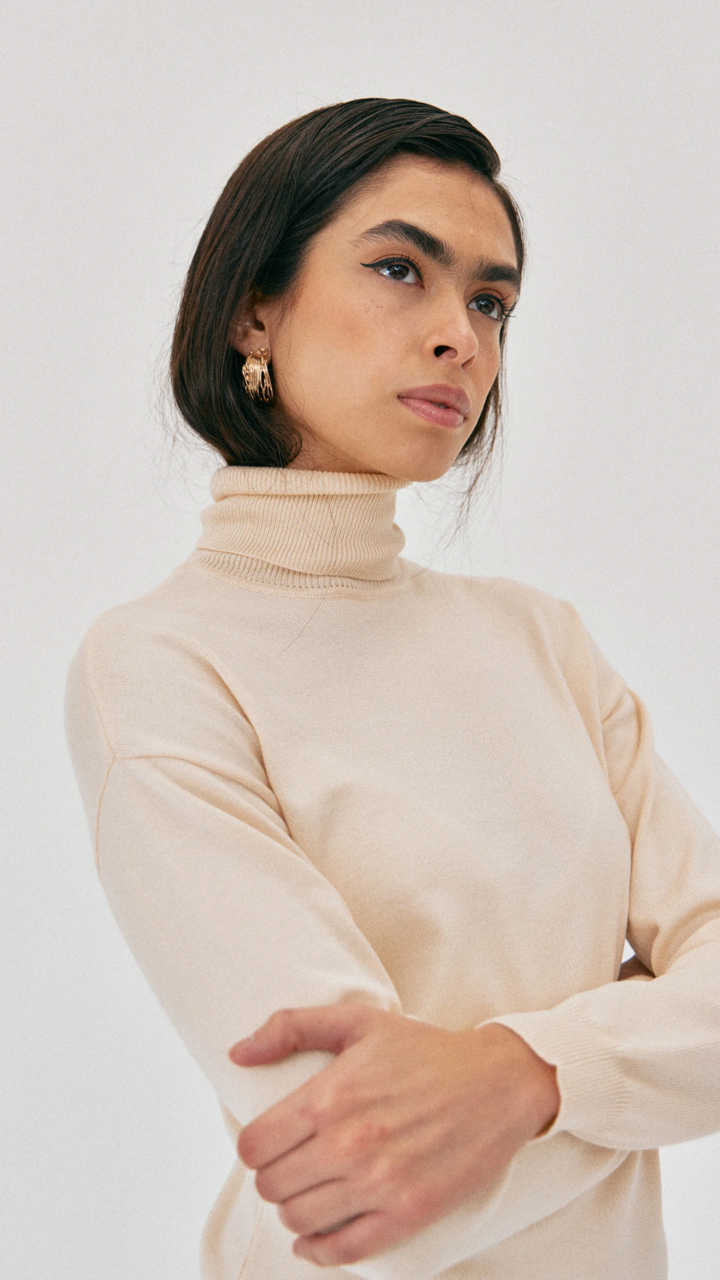Get the look: VE Day Victory Rolls

Photo by inarik/iStock / Getty Images
Tipped to have been a long weekend of street parties and community celebrations, Friday 8 May marks the 75th anniversary of VE Day – the official end of the Second World War in Europe. VE Day will now be very different than what was planned but that doesn’t mean we can’t celebrate within our own homes and raise a glass to the heroes of World War II.
Understandably, many of us have been skipping the hair and make-up routines of late but Friday 8 May is a great opportunity to get dressed up, put on lashings of red lipstick and recreate that iconic 1940’s hair.
And one of those most recognisable hairstyles is without a doubt the Victory Rolls. It’s a hairstyle that goes down in history as a reminder of the strength and determination of women during the 1940’s and let’s be honest, we could all do with a bit of that right now.
Hair historian, Rachael Gibson says: “During the Second World War, more women than ever were recruited into manual labour – and that meant wearing their hair in practical, safe hairstyles that wouldn’t get caught in machinery or otherwise get in the way. The Victory Roll became a trend thanks to its combination of glamour and practicality; hair was worn swept up off the face, with detailed rolls at the front to add an elegant touch that could peek out of a hair net or headscarf.”
Here, award winning stylist Brooke Evans provides a simple step by step to create a modern take on the Victory Roll.
Get the look:
After waving the hair, section a front panel and back comb the hair from mid-way up the hairs length using strong downward strokes and compressing to the head.
It may look messy but then with a bristle brush, smooth all the edges to create a more polished feel with the back combed hair remaining in the middle.
Once in place use your fingers, spray and smooth along the hair, twisting to allow it to fall into a Victory Roll. Brooke’s top tip: “Allow it to fall the way it wants to - not making it go a certain way will add to the overall look.”
Use a clip to hold in place and then pull small amounts out to feel more modern and spray in place.
Finally, remove the clip and add a few discreet grips for extra hold.
With parallels between then and now, Rachael Gibson adds:
“The concept of hairstyles borne out of necessity and the need for a practical solution still resonates today, as we search for styles that we can easily replicate at home to look and feel our best during a time of crisis – and those that allow us to hide roots or style grown-out cuts.”
“While today we might have more tools than ever at our disposal, you can’t beat a classic bristle brush for achieving a smooth, glossy finish – just like our grandmothers might have used back in the 1940s. For gents, grooming was also paramount – even during the War. Along with a classic comb, the hairbrush would have helped achieve the perfect smartly styled, side-parted style.”
Like many businesses today supporting the countries fight against coronavirus, Kent Brushes supported war efforts. They produced hundreds of thousands of brushes for soldiers’ kit. These kits contained seven brushes by Kent for hair – a brush and comb, teeth, shaving, clothing, shoes and buttons. They even made brushes for the secret service which contained hidden compartments designed to conceal maps and compasses.
Kent Brushes Perfect For back-combing brush PF16, £9.90 https://kentbrushes.com/pf16
Kent Brushes Large natural bristle cushion brush, CSFL £30.60 https://kentbrushes.com/csfl
Modern take on Victory Rolls https://www.allthingshair.com/en-us/hairstyles-haircuts/vintage-hairstyles/fascinating-40s-hairstyles/



